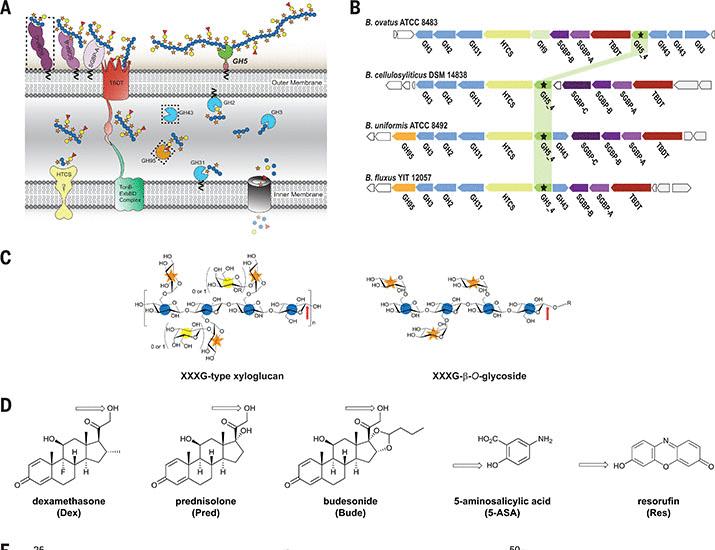Now Reading: Senolytics under scrutiny in the quest to slow aging
-
01
Senolytics under scrutiny in the quest to slow aging
Senolytics under scrutiny in the quest to slow aging
- Correspondence
- Published:
(2025)Cite this article
Subjects
As the world’s population continues to age, the ability to slow human aging pharmacologically would bring enormous health and medical benefits. It would also offer extraordinary financial rewards to any enterprise that was capable of delivering longevity in a pill. Because the major causes of mortality worldwide are age-related diseases (such as cancer, cardiovascular disease, type 2 diabetes and neurodegenerative disorders), delaying the onset of aging and age-related diseases is a dream as old as time. The discovery that aging can be delayed in animal models (including in mice) using genetic, dietary and pharmacological interventions has given rise to a growing longevity biotechnology industry1, which is keen to translate these preclinical discoveries into human applications.
The longevity biotechnology sector has been expanding rapidly in recent years and attracting high-profile investors. Approaches range from decades-old antioxidants to more recent approaches, such as those pursued by Altos Labs (which focuses on partial reprogramming and cellular rejuvenation). One of the major anti-aging strategies involves targeting senescent cells. In the 1960s, Hayflick and Moorhead discovered that human cells in culture have a limited proliferative potential before becoming senescent owing to telomere shortening. In addition, cellular senescence can be triggered by oncogenes or various forms of stress2. This state is marked by irreversible growth arrest as well as other markers, including expression of cell cycle inhibitors (such as p21 and p16) and secretion of pro-inflammatory cytokines, termed the senescence-associated secretory phenotype (SASP). For decades, researchers have hypothesized that although cellular senescence can act as an anti-tumor mechanism, it may also contribute to aging and age-related degeneration. Senescent cells have been shown to accumulate in some aged tissues in both mice and humans, and their role in driving aging has been long and widely debated. Following earlier promising work on cellular senescence in prematurely aged mice, a groundbreaking 2016 study in the laboratory of van Deursen at the Mayo Clinic showed that genetic ablation of p16-expressing senescent cells in normal mice extends both lifespan (by 24–27%) and healthspan3. It demonstrated that eliminating senescent cells could have therapeutic benefits in normally aged mammals, which sparked interest in pharmacologically targeting senescent cells — especially with senolytic compounds that aim to selectively eliminate them.
This is a preview of subscription content, access via your institution
Access options
Access Nature and 54 other Nature Portfolio journals
Get Nature+, our best-value online-access subscription
27,99 € / 30 days
cancel any time
Subscribe to this journal
Receive 12 print issues and online access
195,33 € per year
only 16,28 € per issue
Buy this article
- Purchase on SpringerLink
- Instant access to full article PDF
Prices may be subject to local taxes which are calculated during checkout
References
-
de Magalhães, J. P., Stevens, M. & Thornton, D. Trends Biotechnol. 35, 1062–1073 (2017).
-
Muñoz-Espín, D. & Serrano, M. Nat. Rev. Mol. Cell Biol. 15, 482–496 (2014).
-
Baker, D. J. et al. Nature 530, 184–189 (2016).
-
Dolgin, E. Nat. Biotechnol. 38, 1371–1377 (2020).
-
Crespo-Garcia, S. et al. Nat. Med. 30, 443–454 (2024).
-
Unity Biotechnology. UNITY Biotechnology announces complete 36-week results from the ASPIRE phase 2b study of UBX1325 in diabetic macular edema and provides corporate updates. Unity Biotechnology https://ir.unitybiotechnology.com/news-releases/news-release-details/unity-biotechnology-announces-complete-36-week-results-aspire (2025).
-
Chaib, S., Tchkonia, T. & Kirkland, J. L. Nat. Med. 28, 1556–1568 (2022).
-
Harrison, D. E. et al. Geroscience 46, 795–816 (2024).
-
Xu, Q. et al. Nat. Metab. 3, 1706–1726 (2021).
-
Yousefzadeh, M. J. et al. EBioMedicine 36, 18–28 (2018).
-
Wang, B. et al. Cell Metab. 36, 1795–1805 (2024).
-
de Magalhães, J. P. Science 384, 1300–1301 (2024).
-
Grosse, L. et al. Cell Metab. 32, 87–99 (2020).
-
Helman, A. et al. Nat. Med. 22, 412–420 (2016).
-
Zhao, H. et al. Cell 187, 7314–7334 (2024).
Acknowledgements
I am grateful to current and past members of our laboratory for valuable discussions, and in particular to D. Ribeiro and A. Tchernev. I further thank M. Breuer for valuable comments and suggestions.
Ethics declarations
Competing interests
J.P.M. is chief scientific officer of YouthBio Therapeutics, an advisor/consultant for the BOLD Longevity Growth Fund and NOVOS, and the founder of Magellan Science Ltd, a company that provides consulting services in longevity science.
Rights and permissions
About this article
Cite this article
de Magalhães, J.P. Senolytics under scrutiny in the quest to slow aging.
Nat Biotechnol (2025). https://doi.org/10.1038/s41587-025-02740-7
-
Published:
-
DOI: https://doi.org/10.1038/s41587-025-02740-7























